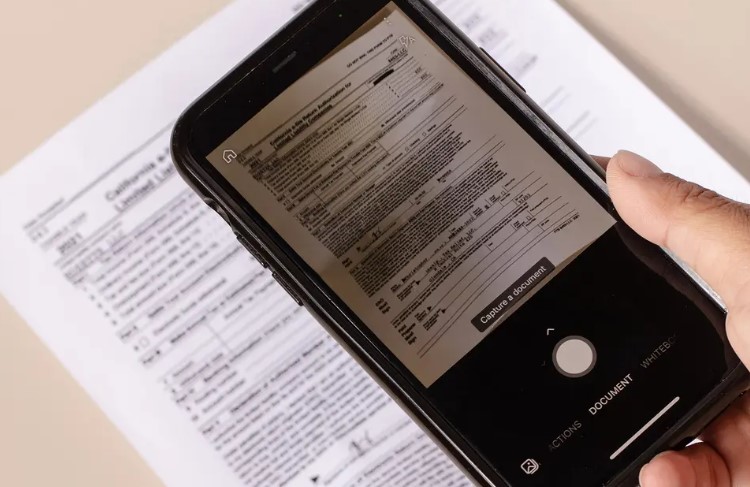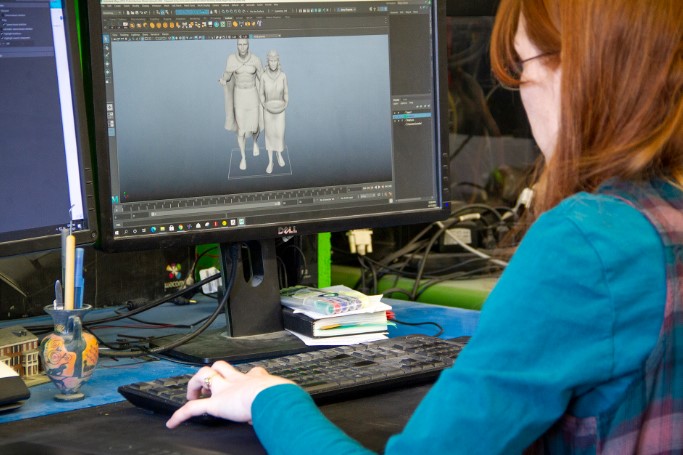
OCR and Document Digitization: Turning Scanned Text into Searchable Data
Optical Character Recognition, or OCR, is a technique that has revolutionized the field of document digitization and can change how we interact with information. Fundamentally, OCR is the alchemical procedure that converts the ostensibly static text found in scanned documents into searchable, dynamic data. This technology creates many opportunities for individuals and businesses, expediting the shift from analog to digital representations.
Optical character recognition, or OCR, has become an essential tool for turning the past into a resource for the future in an era where information is not just a commodity but also the driving force behind productivity and innovation. This article examines OCR and document digitization, emphasizing the value of this technology, its inner workings, and the substantial advantages it offers in improving text-based content’s accessibility, searchability, and, eventually, worth.
What is OCR?
Optical character recognition, or OCR, is the method through which you can convert different textural documents into searchable and editable data. These documents can be scanned papers, images captured via digital camera, or PDF files. OCR is one of the most potent tools in document digitization services, which businesses are taking advantage of.
Here is an example for easy understanding. Businesses save a lot of scanned receipts or forms on their hard drives in the image format. However, they cannot edit, count the words, or search within that scanned image as it is not in an editable format. As a result, they can use OCR to convert the image into an editable format and complete the required tasks.
Optical character recognition, or OCR, has been utilized by businesses for a long time. However, as technology develops, OCR has evolved and gained value in such virtual environments.
Why is OCR Helpful?
Document digitization is gaining immense popularity with businesses these days as it helps save time and enhances overall productivity. Within this digitization, the OCR helps convert the scanned image to digital text. This digital text, thus, becomes more searchable and more accessible to navigate.
For instance, through this process, it can become easy for anybody to search for a particular page number or a quote in a massive document. Furthermore, the document also allows the users to edit, copy and paste. Businesses can either use the OCR software or take the help of a service provider to convert documents to digital texts.
Benefits of Using OCR
Here are some of the benefits of going with OCR, or optical character recognition:
1. Instantly Converts
With document digitization and OCR, businesses can do away with the manual work. Businesses can save a lot of time if they opt for OCR. It is because OCR uses the scanned image or document and automatically extracts the text from it. The extracted text is converted into editable text in formats such as PDF.
2. Makes the Image Readable
During the OCR, data cleansing services are also used, which makes the image readable. It is a step through which the images are cleaned, and errors are removed to enhance the reading experience. Several cleaning tools are used within these cleansing services, thus allowing businesses to optimize the scanned images better.
How Does OCR Work?
OCR is a straightforward process through which the images are instantly scanned and converted. As soon as a scanned image enters the OCR software, it tries to identify the letters written in the sentences. After identification, the software converts those letters into editable text for the user to use and process.
The above is the simplified version of the entire process; however, multiple steps are involved, which are done and handled by the OCR software. The OCR software ensures that the converted text is in ready-to-use format for the end users.
Summing Up
The combination of OCR technology and document digitization marks a significant advancement in our pursuit of efficient and accessible information in the ever-expanding digital realm. This capability of converting scanned text into searchable data is not merely a convenience but rather a game-changer for businesses. OCR enables people, companies, and communities to embrace the potential of the future while utilizing the collective wisdom of the past by giving previously static documents new life and making them searchable.




